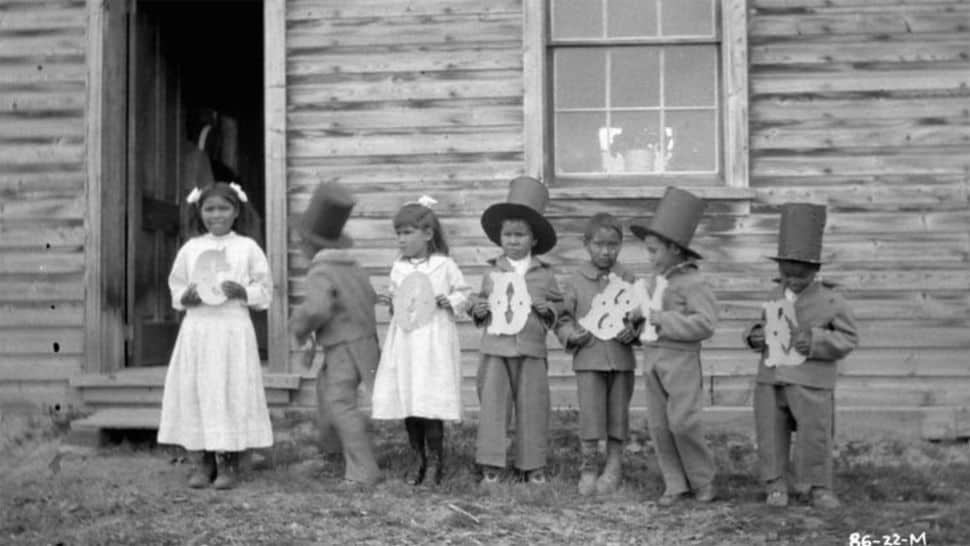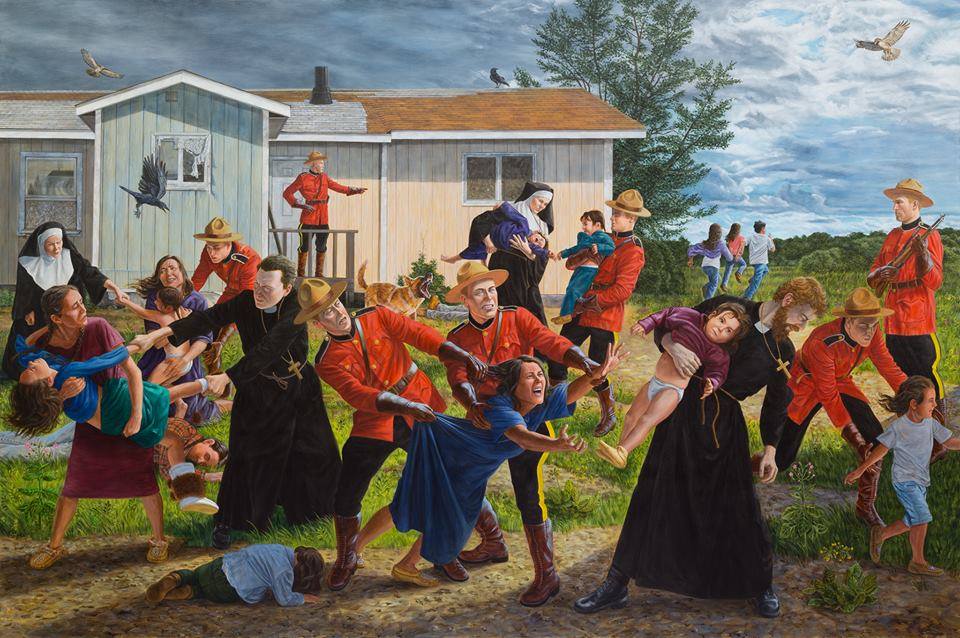Tragic events are unfortunately all too common in history. Take the time Canada set out to assimilate Indigenous kids into the country’s dominant culture. To do that, Canadian authorities literally kidnapped thousands of children and sent them to mandatory boarding schools, where they were housed in horrible conditions, and were subjected to neglect and various cruelties and abuses. Thousands of innocent kids died as a result. Following are thirty things about that and other tragic historic events.

30. The Tragic Fates of Indigenous Children in Canada’s Mandatory Boarding Schools
In the nineteenth century, Canada established a network of mandatory boarding schools for Indigenous children, funded by the government and administered by Christian churches. Known as the Indian Residential School System, it sought to assimilate Indigenous kids into mainstream white Canadian culture. In theory, the assimilationist intentions were benign. At least compared to what took place to Canada’s south in the nineteenth century, where American authorities did not even bother with a pretense of an attempt to assimilate the Natives. Indeed, the one time that Natives voluntarily settled down in the US, established towns, and emulated Europeans, their reward was expulsion from their lands and the tragic Trail of Tears.

Most of the time, US officialdom oscillated between attempts to push the Natives into impoverished reservations at the milder end of things or genocidal attempts to outright exterminate them at the more extreme end. In all scenarios, both in the US and Canada, the results were varying degrees of tragic and horrific for the Natives. In Canada, the Residential School System kidnapped Indigenous children from their families and placed them in boarding schools where they were often subjected to neglect, sundry abuses, and cruel treatment. As seen below, thousands died as a result, and their bodies were dumped in unmarked graves on school grounds.

